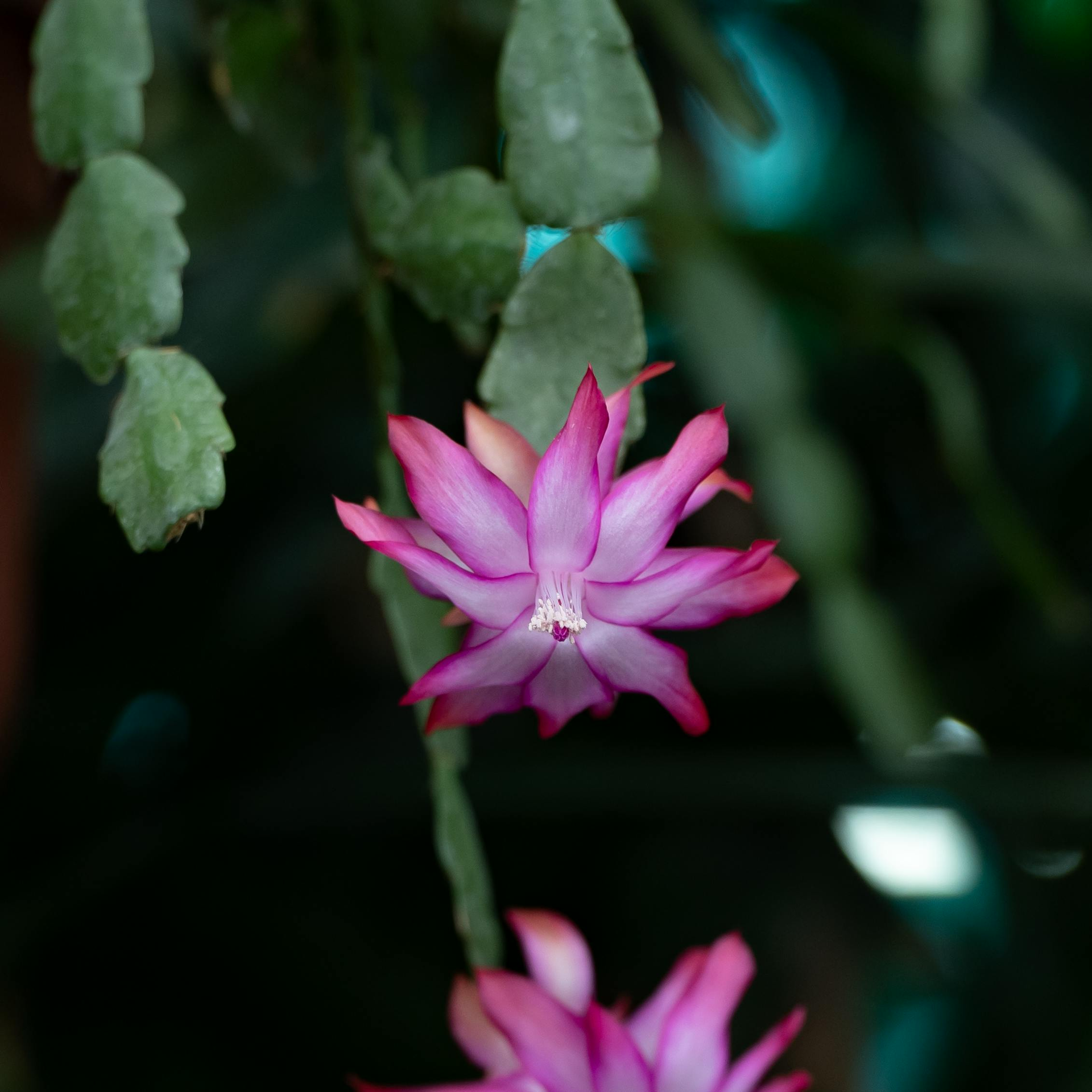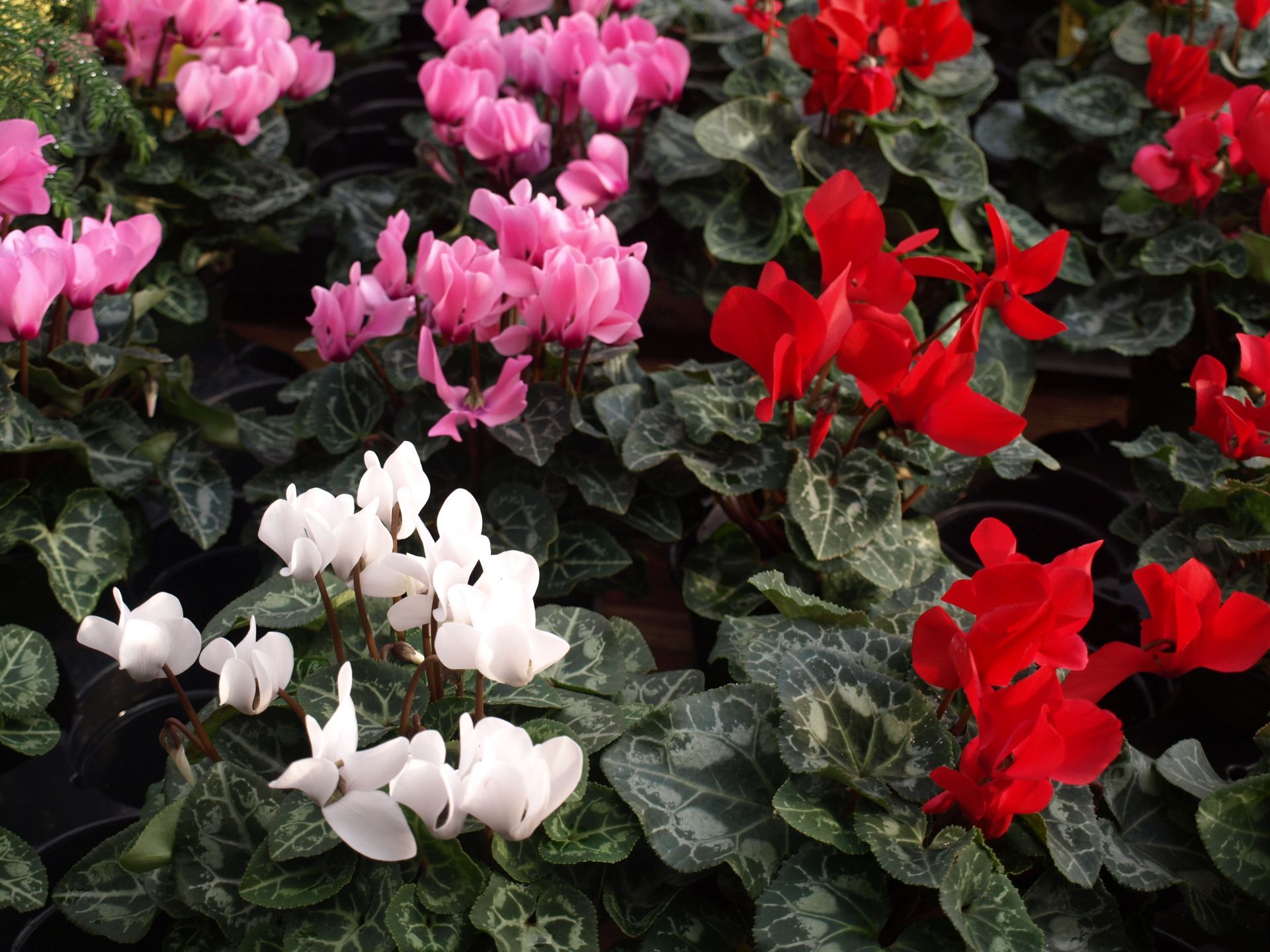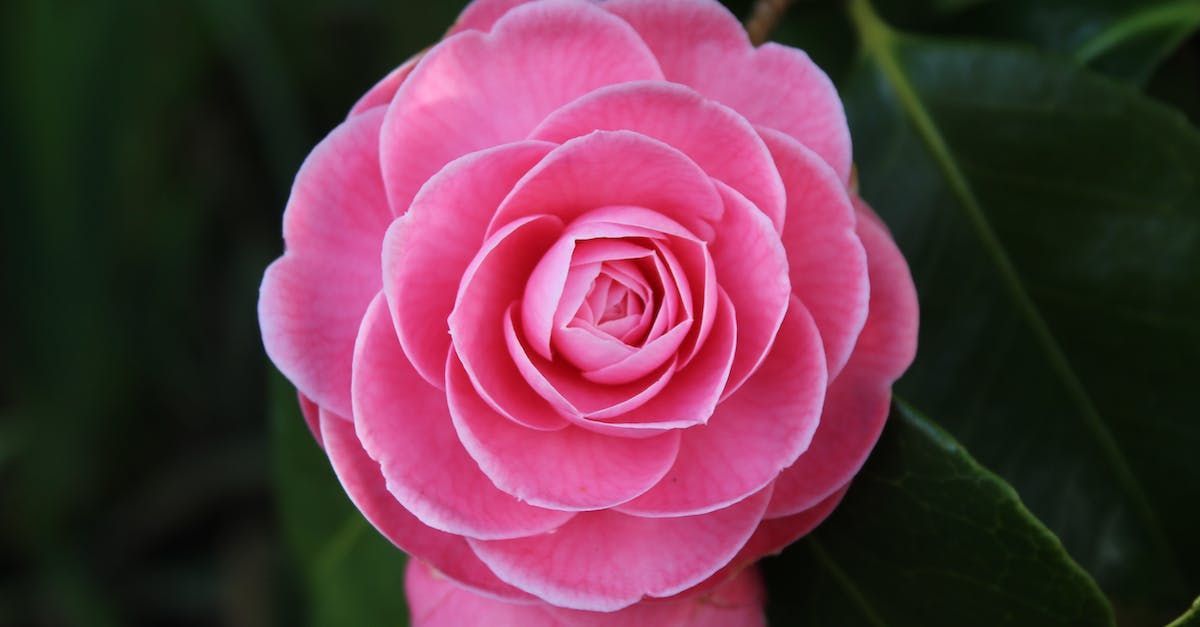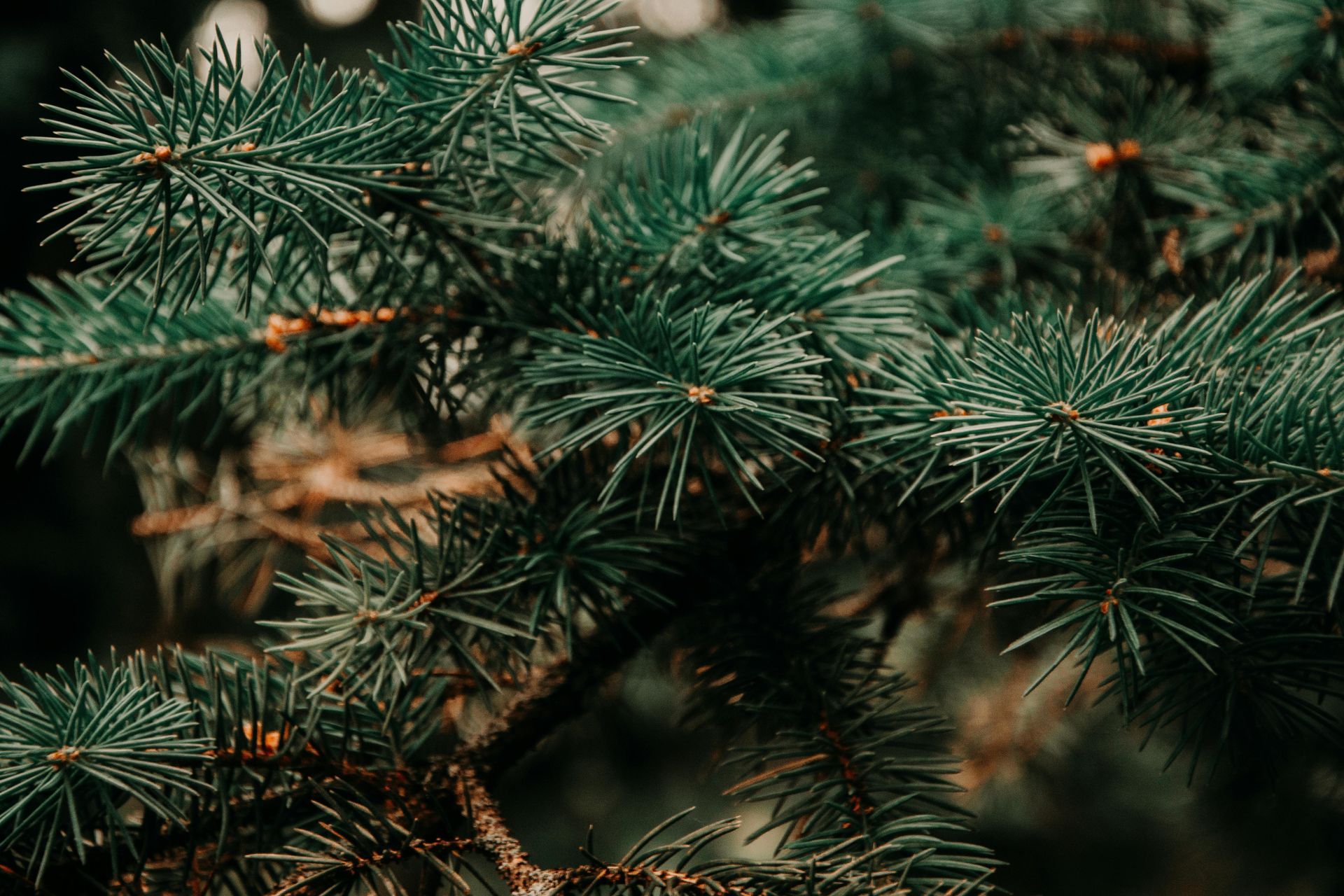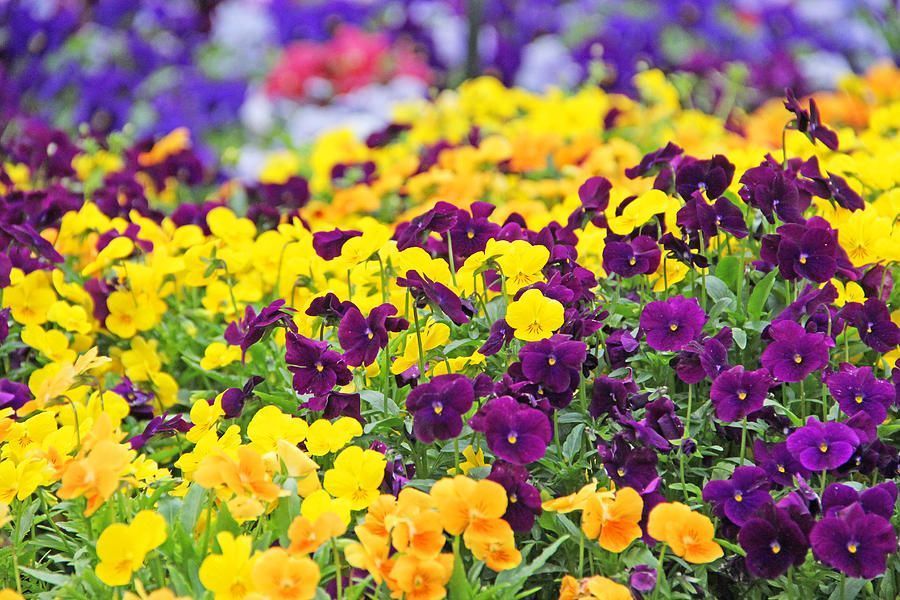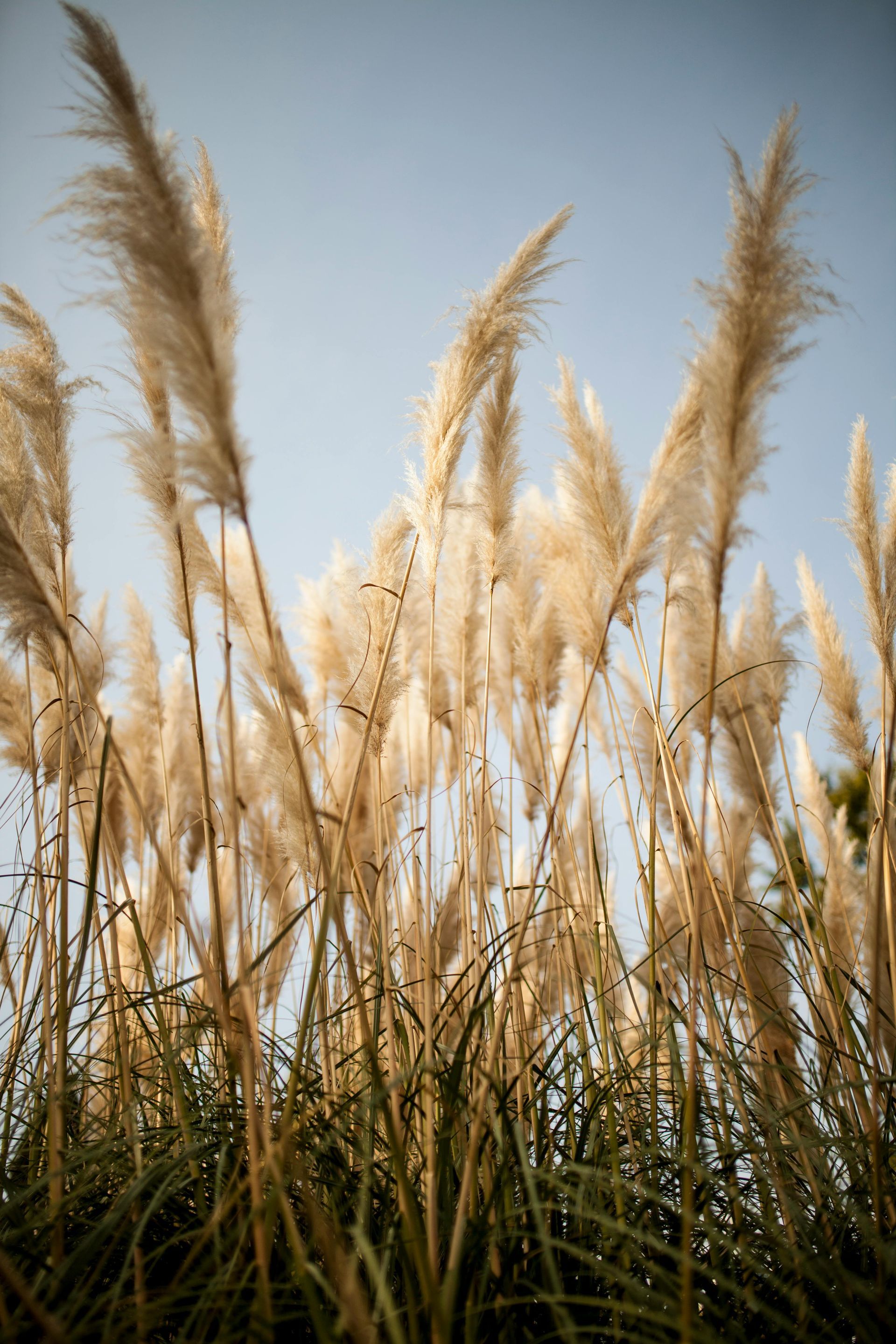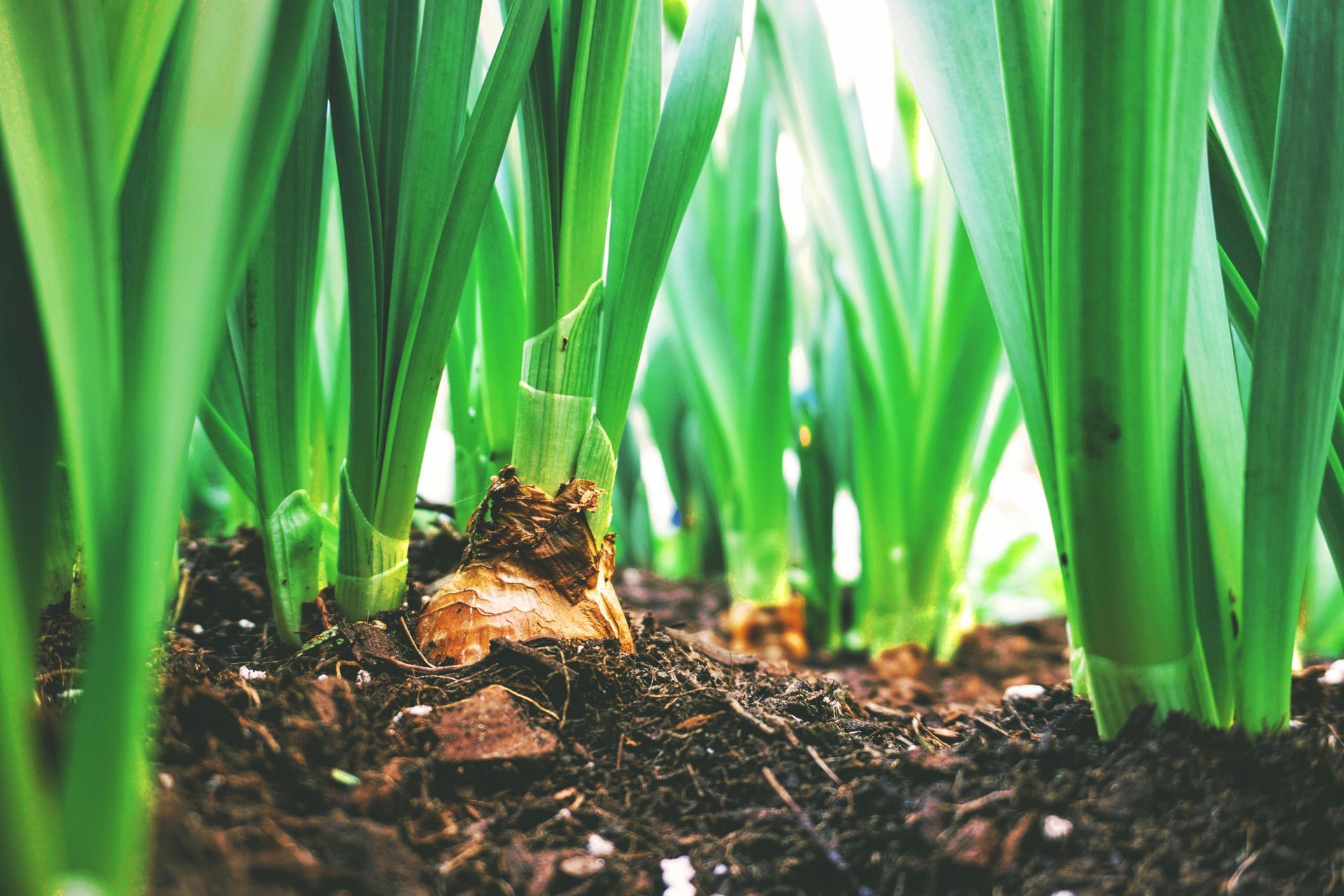Mums: Q&A
LET’S TAKE A LOOK AT A FEW QUESTIONS OFTEN ASKED ABOUT FALL MUMS:
ARE MUMS HARDY?
Yes and no. There are both hardy and non-hardy mums.
The mums we have are perennials, and if planted in your landscape, cut back to the ground after a freeze event, should come back up for spring! Most mums you seen= in a florist shop mixed in arrangements are probably non-hardy varieties.
SO WHY DID MINE NOT COME BACK IN THE SPRING?
Even though the mums sold in the fall are hardy varieties, there are some things to consider. If you would like mums as perennial plants in your landscape beds, plant them as early as you can. The plants need to establish a strong root system before the winter, therefore plant them in the late summer as soon as you see them arrive here. Use the same soil amendments and fertilizers that you would use for your other perennials. Mums are often used as fall color in containers and then planted once the flowers are spent in the late fall. Usually this is too late for a root system to establish before any winter freezing.
I HAD ONE COME BACK AND IT GOT HUGE! WHAT’S THE DEAL?
The mums you see in the fall have been consistently cut back by the growers through the spring and summer. Doing this controls the size of the plant, creates a dense shape, and delays blooming until the fall. On their own, mum tends to grow quite large and will bloom in the mid to late summer. They need to be cut back in mid-summer for fall blooms.
HOW DO I GET THEM TO FLOWER A LONG TIME?
Length of flowering time is directly related to temperature. The warmer the temperatures, the quicker the flower will open, bloom, and fade. As temperatures cool in the fall, the blooms give color for a longer period of time. Does this mean you need to wait to buy your mums? It just depends on your needs. Use mums whenever your summer plantings or containers are ready for a seasonal change. Even mums bought early in the season will provide at least 3 weeks of color. Combine mums with pansies, crotons, fall marigolds, and ornamental cabbage and kale to extend your fall season of color.
